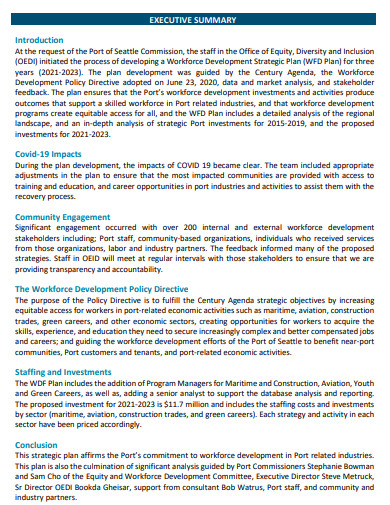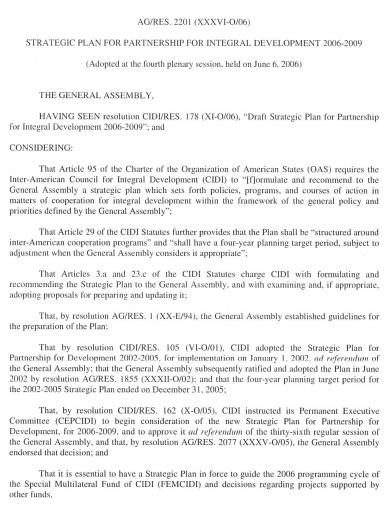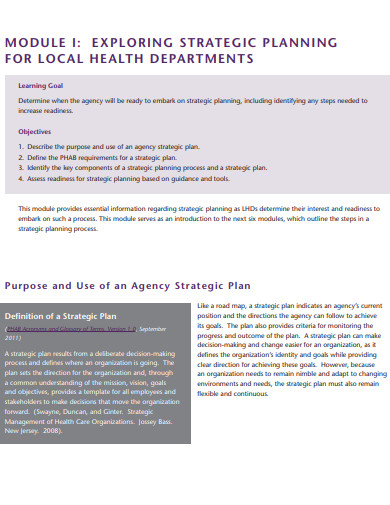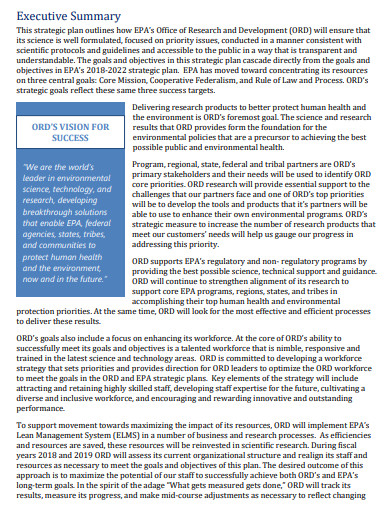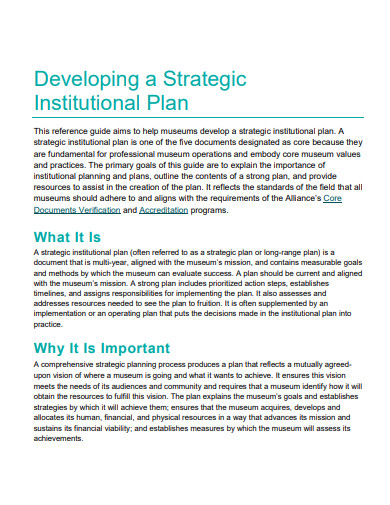If you’re one of these small business owners and haven’t been focusing on a long-term business planning process, it’s not too late to think differently. Your future success depends on effective organizational strategic planning. A strategic planning process model involves your entire business. The discussions that result can lead to meaningful changes in your business. The purpose of strategic planning is to also analyze your business and set realistic goals and objectives. This leads to the creation of a formal document that lays out the company’s views and goals for the future.
The process of defining and establishing a direction for your small business—by examining both where you are and where you want to go—is known as strategic planning in management. So, what is a strategic plan’s purpose? Your mission, vision, values, long-term goals, and action plans can all be recorded in the strategic company plan. Because it advises you and your workers on how to respond to opportunities and difficulties, a well-written strategic plan can play a critical role in the growth and success of your small business.
9+ Development Strategic Plan Samples
1. Development Strategic Plan

2. Strategic Development Marketing Plan
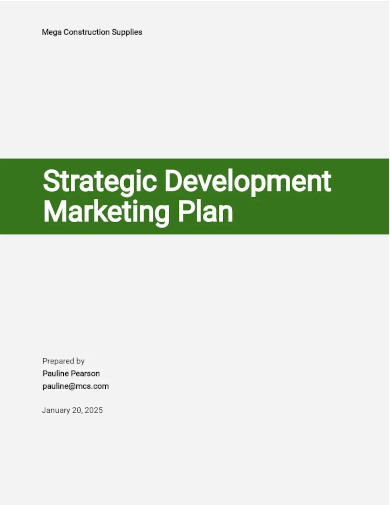
3. Strategic Leadership Development Plan
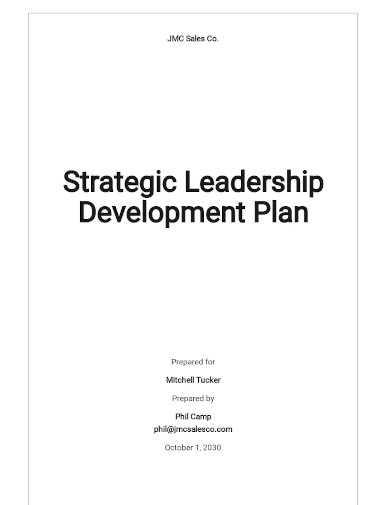
4. Strategic Workforce Development Plan
5. Strategic Plan for Integral Development
6. School Development Strategic Plan
7. Community Development Strategic Plan
8. Health Development Strategic Plan
9. Research Development Strategic Plan
10. Institutional Development Strategic Plan
Simply defined, strategic planning determines where the organization wants to be in the future and how it will get there. The “strategic” aspect of this planning process involves paying close attention to present changes in the company and its external environment, as well as how these changes affect the organization’s future. Strategic planning skills are essential for your company’s long-term success. This type of planning entails:
a) Conducting an environmental scan to see what’s going on outside the business and how it might affect it, as well as identifying opportunities and dangers
b) Examining the organization’s internal dynamics, including its strengths and shortcomings (perhaps doing a SWOT analysis)
c) Creating a mission, vision, and value statements (some prefer to do that as the first step in planning)
d) As a result of what’s going on inside and outside the business, establishing goals to achieve over the following (typically) three years or so
e) determining how those goals will be met (strategies, objectives, responsibilities, and timelines)
Creating a Development Strategic Plan
- Gather some inputs and try to assess your current strategy.
- Develop your mission, vision, and values.
- Decide based on your strategic objectives and techniques on how you are going to fulfill your vision.
- Create some measurements intended for your objectives.
- Roll out the strategy and generate some buy-in and alignment.
- Learn to measure, manage, and monitor.
- Reassess and re-align to your mission, vision, and values.
FAQs
What are the known core elements of a development strategic plan?
- Vision – Where you wish to go is defined by your vision statement. You can think of it as a mission statement, an executive summary, or a high-level review of your organization’s goals. This is a must-have for any strategic plan. Making a vision statement will assist you to avoid falling into that trap right away. Not only that, but a well-written vision statement will serve as a source of inspiration and guidance for your staff. It may even assist you in attracting talent and investment to your company.
- Values – Too frequently, businesses merely toss out terms that they believe will look good in a glossy marketing brochure but have no real-world use. Our perspective on values is slightly different and, perhaps, more practical. Values can be thought of as enablers for your vision statement. Don’t be scared to tell it like it is about how you want your employees to act and think.
- Focus Areas – Your focus areas are the high-level goals on which you’ll concentrate your efforts as you work toward your vision and ultimate goal. The scope of your focus areas should be narrower than your vision statement, but not to the point of having any specific measure, time range, or deadline.
How often should we update our development strategic plan?
While there is no set rule for revising your strategic plan, we recommend that you go through the entire process every year and do a strategy review at least once a quarter. That way, you’ll be aware of any changes that may have an impact on your capacity to succeed.
If you want to see more samples and formats, check out some development strategic plan samples and templates provided in the article for your reference.
Related Posts
FREE 6+ Sample Business Development Plan Templates in PDF
FREE 10+ Sustainability Action Plan Samples [ Environmental ...
FREE 10+ Strategic Training Plan Samples in PDF DOC
FREE 8+ Distributor Business Plan Samples in PDF MS Word
FREE 10+ School Development Plan Samples in MS Word Pages ...
FREE 5+ Sample Growth Plan Templates in PDF MS Word
FREE 10+ Agency Implementation Plan Samples [ Communication ...
FREE 5+ Joint Venture Business Plan Samples in PDF MS Word ...
FREE 10+ Talent Management Strategy Samples in DOC PDF
FREE 8+ Sample Security Plan Templates in PDF MS Word ...
FREE 9+ Operational Plans for Hotel in PDF MS Word
FREE 21+ Sample HR Strategy Templates in PDF, Word
FREE 11+ Risk Management Strategy Samples in PDF DOC
FREE 11+ Personal Plan Samples & Templates in PDF Google ...
FREE 10+ Research and Development Plan Samples & Templates ...

